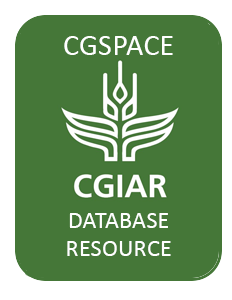Fate and transport modelling for evaluating antibiotic resistance in aquatic environments: Current knowledge and research priorities
Antibiotics have revolutionised medicine in the last century and enabled the prevention of bacterial infections that were previously deemed untreatable. However, in parallel, bacteria have increasingly developed resistance to antibiotics through various mechanisms.

